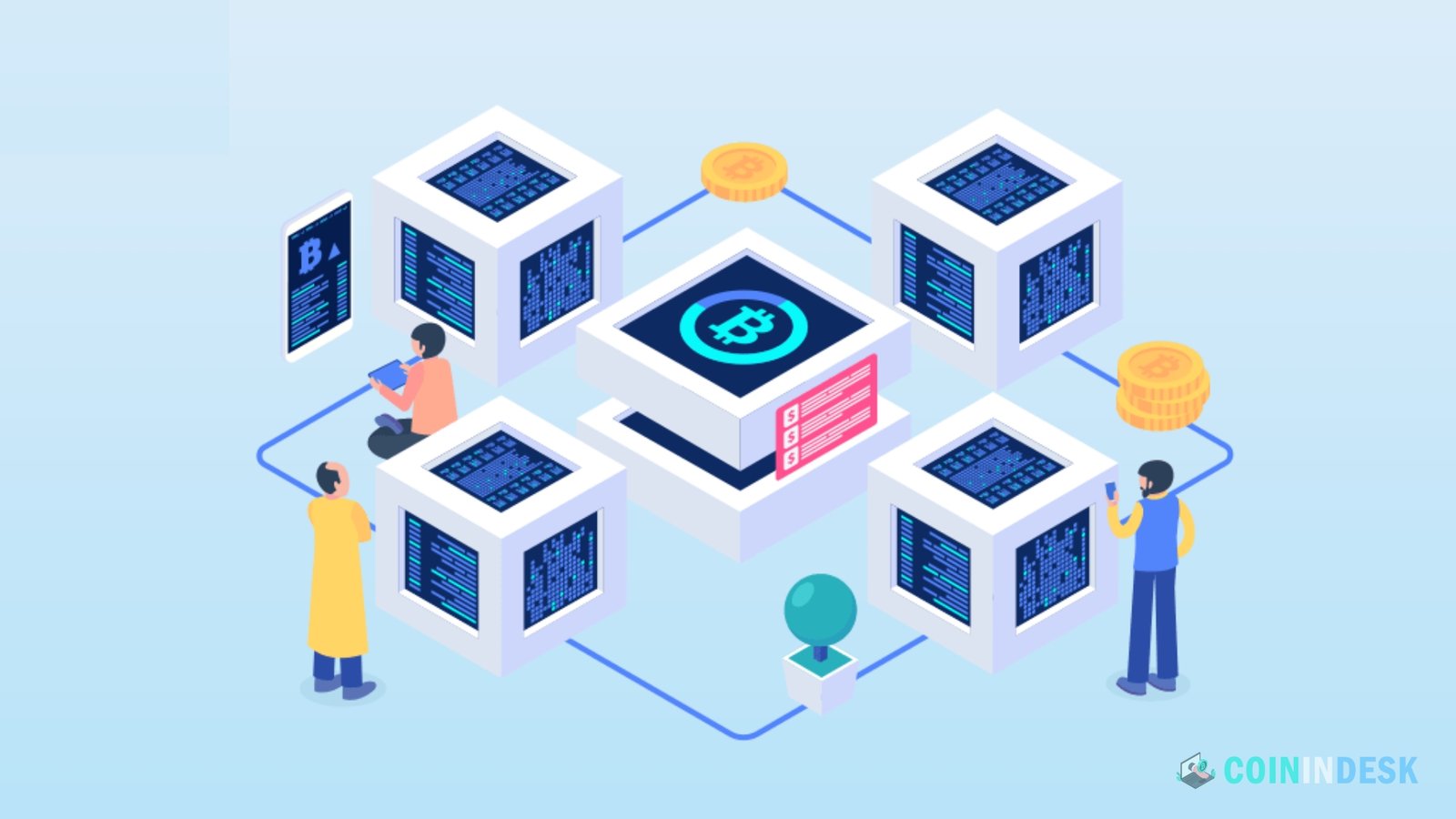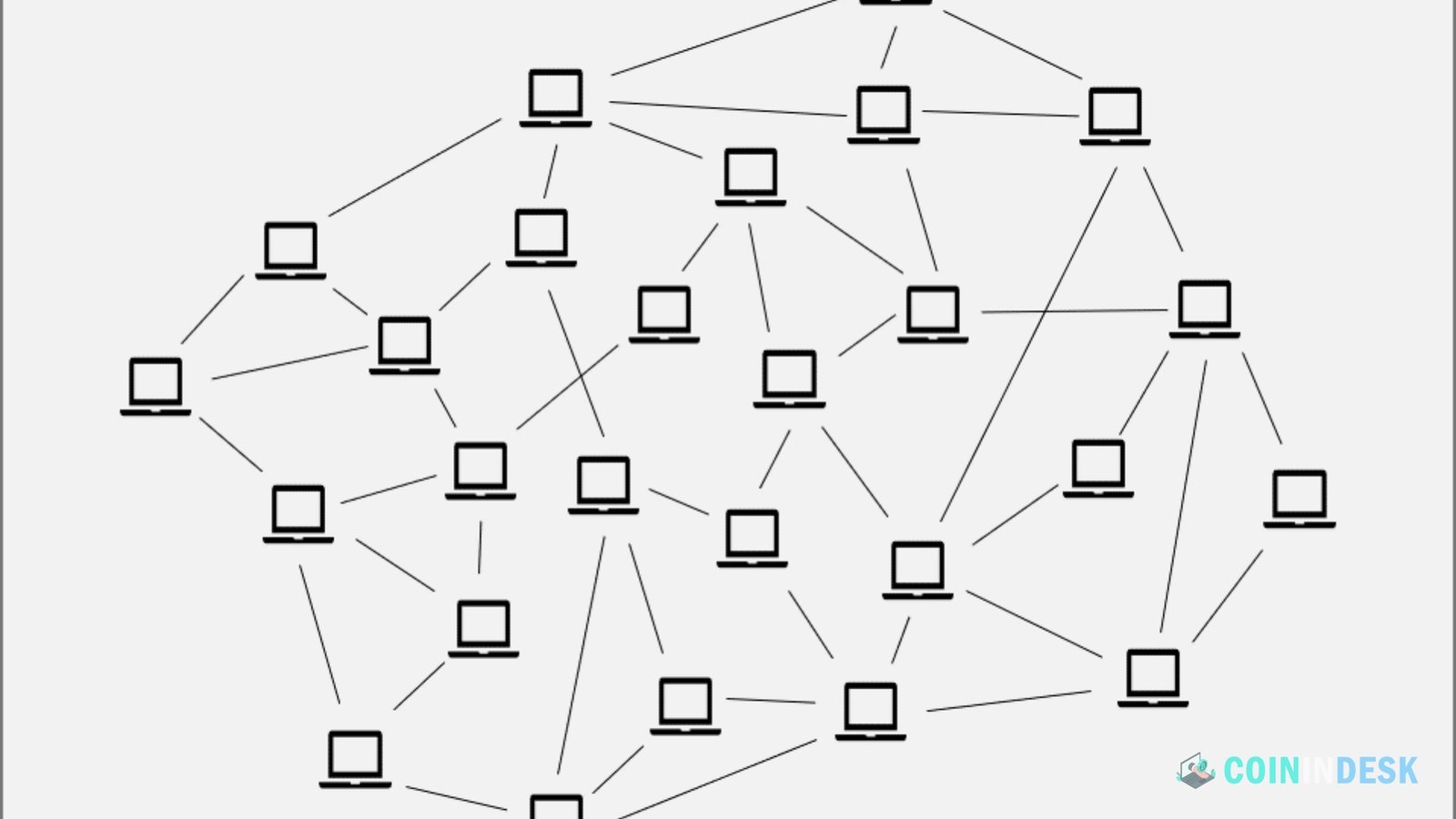Blockchain Network Nodes: Blockchain technology has gone from a specialized area of interest to an essential part of today’s internet infrastructure. The blockchain’s network of nodes is a crucial component. These nodes guarantee decentralization, transparency, and security for any blockchain network. This article defines, classifies, and explains in detail the nodes in a blockchain network and their roles in creating and preserving blockchain systems.
What Are Blockchain Network Nodes?
In the simplest terms, a blockchain node is a device connected to a blockchain network that performs various essential functions, such as validating transactions and storing the blockchain’s history. Each node has a copy of the entire blockchain, ensuring that all transactions are transparent and that there is no single point of failure.
Nodes are crucial because they ensure that the blockchain remains decentralized. Unlike traditional centralized systems where a single server controls everything, blockchain distributes data across many nodes, making it difficult for any party to manipulate or control the network. This decentralized nature is what makes blockchain secure and trustworthy.
Types of Blockchain Nodes
Blockchain networks typically consist of various types of nodes, each serving a specific function. Understanding these different types is critical to grasping how blockchain systems work.
Full Nodes
Full nodes are the most critical type of node in a blockchain network. They store a complete copy of the blockchain ledger, which includes all the transactions ever made. Full nodes validate new transactions and blocks, ensuring they follow the protocol’s rules. By doing so, they play a pivotal role in maintaining the network’s integrity. Full nodes are also responsible for propagating new transactions and blocks to other nodes in the network.
Running a full node requires more resources, such as storage space and computational power, which are essential for the decentralization and security of the blockchain. Bitcoin and Ethereum, for example, rely heavily on full nodes to maintain their respective networks.
Light Nodes
Light nodes, also known as lightweight or SPV (Simplified Payment Verification) nodes, do not store the entire blockchain. Instead, they download only the block headers, which contain summaries of the transactions without the full details. Light nodes rely on full nodes to retrieve the necessary data for transaction verification.
Light nodes are more resource-efficient, making them ideal for users who need to interact with the blockchain but do not have the resources to maintain a full node. These nodes are commonly used in mobile wallets and other applications where whole blockchain storage is impractical.
Masternodes
Masternodes are specialized nodes found in specific blockchain networks, such as Dash. They perform all the functions of a full node but offer additional services like transaction mixing (for increased privacy), instant transactions, and voting on governance proposals.
Running a master node usually requires a significant financial investment in the network’s cryptocurrency, which is often used as collateral. This ensures that master node operators are incentivized to act in the network’s best interest.
Mining Nodes
In proof-of-work (PoW) blockchains like Bitcoin, mining nodes play a crucial role in the network. These nodes compete to solve complex mathematical problems, a process known as mining, to create new blocks and validate transactions. Mining nodes require significant computational power and energy, making them costly.
Once a mining node successfully mines a new block, it is added to the blockchain, and the miner is rewarded with newly minted cryptocurrency. Mining nodes contribute to the security and stability of the network by making it difficult for bad actors to alter the blockchain’s history.
Staking Nodes
Staking nodes are associated with proof-of-stake (PoS) blockchains, where validators are chosen to create new blocks based on the number of tokens they hold and are willing to “stake” as collateral. These nodes help secure the network without the need for energy-intensive mining.
Staking nodes validate transactions and participate in the consensus process. In return, they receive rewards, usually as additional tokens. This approach is considered more energy-efficient than PoW systems and has been adopted by networks like Ethereum 2.0, Cardano, and Polkadot.
The Role of Nodes in Blockchain Consensus
Blockchain networks rely on consensus algorithms to ensure that all nodes agree on the blockchain’s state. Different consensus mechanisms, such as PoW, PoS, and Delegated Proof-of-Stake (DPoS), dictate how nodes validate transactions and achieve agreement.
- Proof-of-Work (PoW): In PoW systems like Bitcoin, mining nodes compete to solve cryptographic puzzles. The first to solve the puzzle adds the next block to the blockchain and is rewarded with cryptocurrency. This process ensures the network remains secure by requiring significant computational resources to alter the blockchain.
- Proof-of-Stake (PoS): PoS networks select validators based on the cryptocurrency they hold and are willing to stake. These validators create new blocks and validate transactions, with the chance of being selected proportional to the size of their stake. PoS is considered a more sustainable alternative to PoW, as it does not require extensive energy use.
- Delegated Proof-of-Stake (DPoS): DPoS is a variation of PoS where token holders vote for a small number of delegates to validate transactions and maintain the blockchain. This approach increases efficiency and scalability but introduces a degree of centralization.
These consensus mechanisms depend on the network’s nodes to function correctly. Nodes validate and propagate transactions, ensuring the blockchain remains accurate and tamper-proof.
Security and Redundancy in Node Networks
The decentralized nature of blockchain nodes is critical to the network’s security. Since multiple nodes store copies of the blockchain, tampering with the data becomes exceedingly difficult. An attacker would need to simultaneously compromise most of the nodes, which is virtually impossible in a well-distributed network.
Moreover, nodes provide redundancy. If some nodes go offline or are compromised, the network can continue to operate smoothly as other nodes take over their functions. This redundancy ensures that blockchain networks are resilient against failures and attacks.
The Future of Blockchain Nodes
As blockchain technology continues to evolve, so will the role and capabilities of network nodes. Innovations like sharding, which involves splitting the blockchain into smaller, more manageable pieces, could reduce the resource requirements for running full nodes, making the network more accessible to a broader range of participants.
Additionally, as more industries adopt blockchain, specialized nodes could emerge to cater to specific use cases, such as nodes optimized for supply chain management, finance, or healthcare.
In conclusion, blockchain network nodes are the foundation of any decentralized system. They ensure security, transparency, and trustlessness, which are the core principles of blockchain technology. As the blockchain ecosystem grows, the importance of understanding and maintaining these nodes will only increase. Whether you’re a developer, a miner, or simply a blockchain enthusiast, appreciating the role of nodes will give you a deeper insight into the workings of this revolutionary technology.


